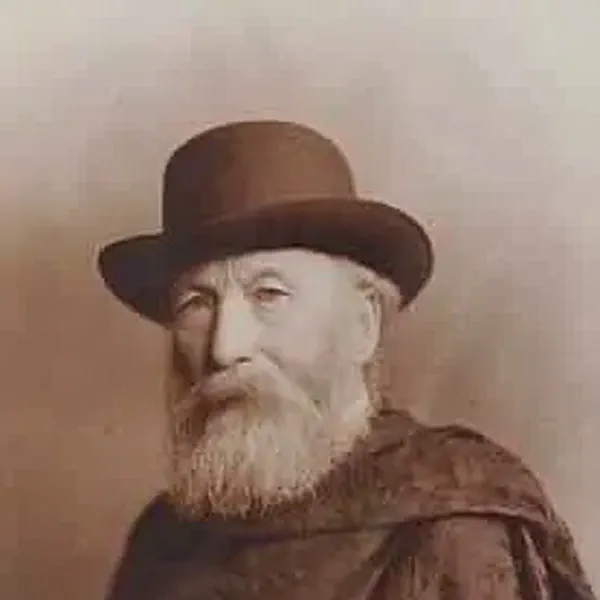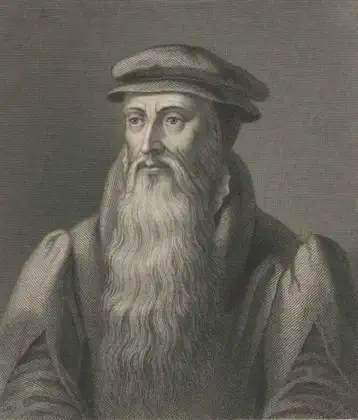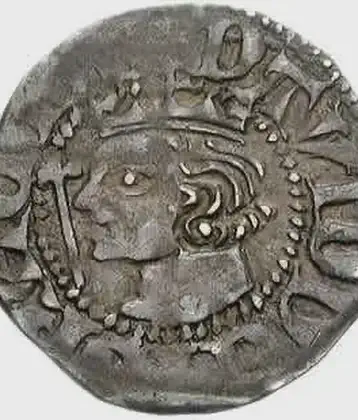On November 24, 1865 in Celtic History
James stephens, fenian, escapes from richmond prison, dublin

James Stephens ( 26 January 1825 – 29 March 1901) was an Irish Republican, and the founding member of an originally unnamed revolutionary organisation in Dublin. This organisation, founded on 17 March 1858, was later to become known as the Irish Republican Brotherhood (I.R.B).
The IRB played a crucial role in the Irish struggle for independence, aiming to establish an Irish republic free from British rule.
The Irish People
A portrait of a middle-aged Stephens
Denis Dowling Mulcahy, Thomas Clarke Luby and John O’Leary, staff at the Irish people newspaper In mid-1863, Stephens informed his colleagues he wished to start a newspaper, with financial aid from O’Mahony and the Fenian Brotherhood in America. The offices were established at 12 Parliament Street, almost at the gates of Dublin Castle.
The first number of The Irish People appeared on 28 November 1863.
Shortly after the establishment of the paper, Stephens departed on an America tour and to attend to organizational matters. Before leaving, he entrusted to Luby a document containing secret resolutions on the Committee of Organization or Executive of the IRB. Though Luby intimated its existence to O’Leary, he did not inform Kickham as there seemed no necessity. This document would later form the basis of the prosecution against the staff of the Irish People. The document read:
EXECUTIVE - I hereby appoint Thomas Clarke Luby, John O’Leary and Charles J. Kickham, a Committee of Organization or Executive, with the same supreme control over the Home Organization (Ireland, England, Scotland, etc.) I have exercised myself. I further empower them to appoint a Committee of Military Inspection, and a Committee of Appeal and Judgment, the functions of which Committee will be made known to each member of them by the Executive. Trusting to the patriotism and ability of the Executive, I fully endorse their action beforehand, and call on every man in our ranks to support and be guided by them in all that concerns our military brotherhood. - 9 March 1864, Dublin, J. STEPHENS
Arrest and suppression
On 15 July 1865, American-made plans for a rising in Ireland were discovered when the emissary lost them at Kingstown railway station. They found their way to Dublin Castle and to Superintendent Daniel Ryan head of G Division. Ryan had an informer within the offices of the Irish People named Pierce Nagle, he supplied Ryan with an “action this year” message on its way to the IRB unit in Tipperary.
With this information, Ryan raided the offices of the Irish People on Thursday 15 September, followed by the arrests of O’Leary, Luby and O’Donovan Rossa. Kickham was caught after a month on the run
Escape
Stephens would also be caught but with the support of Fenian prison warders, John J. Breslin and Daniel Byrne was less than a fortnight in Richmond Bridewell when he vanished and escaped to France.
The last number of the paper is dated 16 September 1865.
Death
Stephens died on 29 March 1901 in Blackrock, Dublin and after his funeral on 31 March he was brought to Glasnevin cemetery. His pall bearers were James Bermingham, Michael Davitt, C. G. Doran, Michael Lambert, William Brophy and William Hickey – all ‘67 veterans.
Under Stephens’ leadership, the IRB worked towards organizing and coordinating revolutionary activities, with the ultimate goal of achieving Irish independence. The organization played a part in later events, including the Fenian Rising of 1867, and it had a lasting impact on the trajectory of Irish history.
Stephens’ contributions to Irish republicanism and his role in founding the IRB make him a significant figure in the history of Irish nationalism. He passed away on March 29, 1901.
More From This Day



Irish republican Erskine Childers is executed by the Free State government
November 24, 1922


Henry Blosse Lynch, soldier and explorer, is born in Ballinrobe, Co. Mayo
November 24, 1807

Lawrence Sterne, clergyman, humorist, and author, is born in Clonmel, Co. Tipperary
November 24, 1713



